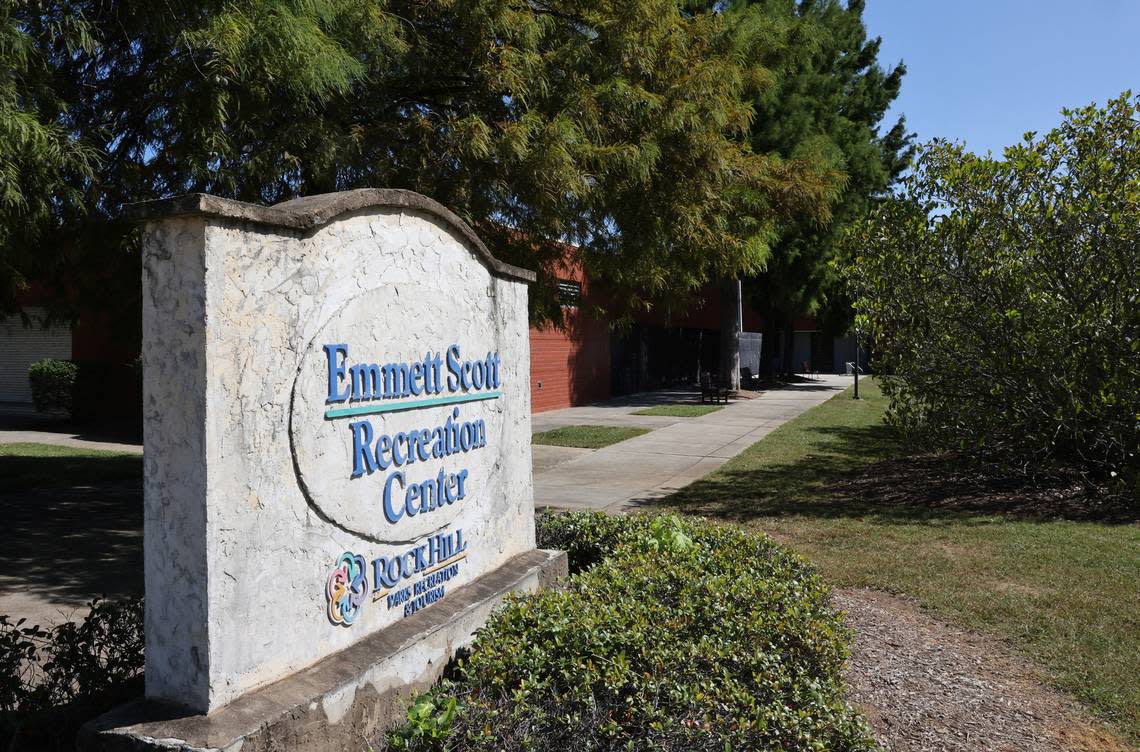These Rock Hill historic sites could join the National Register of Historic Places

A canvass of properties in historically Black communities on the south side of Rock Hill could lead to new listings on the National Register of Historic Places.
A Southside Historic Resource Study conducted earlier this year found several properties would be eligible for the historic listing. Applications and approvals still would be needed, but the study is a way to make the case for that designation. Nation Register sites can improve areas, the recent study states, by limiting changes that would reduce property values.
The study also found a host of other sites that didn’t meet the national mark but may fit local level historic designations or expansions of historic districts in Rock Hill.
City historic site survey
The city began the survey with matching funds from the South Carolina Department of Archives and History and U.S. National Park Service. It expands prior surveys from 1998 and 2004. According to the study, portions of the survey are historically Black communities that were under-represented in prior versions.
A much larger study area was set from the railroad parallel to White Street on the north to Albright Road on the south, northwest to Crawford Road and Begonia Way. A decision was made to tighten it considerably to a square mile within the Clinton ConNEXTion area and some outlying areas. The survey runs from East Moore Street on the northeast to Saluda Street on the south, Blake Street and Heckle Boulevard on the southeast and both Friedheim Road and South Dave Lyle Boulevard on the north.
Outlying areas include the Sunset Park, College Downs and Laney Terrace neighborhoods. Even with the smaller survey footprint, about a third of the original plan, the study surveyed more than 1,000 sites.
There are three National Register listings already. The Afro-American Insurance Company Building at 558 S. Dave Lyle Boulevard (built 1909) and Hermon Presbyterian Church at 446 Dave Lyle Boulevard (1903) are on the list, as is the Marion Street Area Historic District with almost 30 properties built from 1875 to 1925 as part of the Woodland Park development. All three listings were approved in 1992.
More than half a dozen more listings are just outside the smaller study area, but within the larger one initially proposed. They include banks, churches, business and other sites.
National Registry options
The new study identifies more than half a dozen individual sites or locations that would fit within a larger historical district. They include:
▪ The Emmett Scott High School Gymnasium built in 1959 served as the area’s first auditorium for the Black community to hold events and later civil rights activities. The city transitioned the facility to a recreation building in 1970. Just this fall Rock Hill announced plans to renovate the McGirt Auditorium at the Emmett Scott Recreation Center with sound, lighting, seating and other upgrades.
▪ Bannon Hall at 902 Crawford Road was an educational building for St. Mary’s Catholic Church from 1969. It now houses a nonprofit soup kitchen. It is recognized as a gathering place for Black organizers during the civil rights era.
▪ Carver Theater at 411 W. Main St. was the first and only movie theater for Black patrons, according to the recent study, when it opened in 1947.
▪ Slade Hall at Clinton College was determined eligible for the national listing prior to the recent survey, while the former Black equalization Edgewood Elementary School on Russell Street (built 1954) was ineligible. The new survey confirmed both are eligible based on educational impact for Black students. Cauthen Hall and the New Millenium Cafe at Clinton College are eligible as part of a campus district for the larger college.
▪ The Whit-Green Homes and College Downs neighborhoods are eligible as historic neighborhood districts.
▪ Nine Johnston Street addresses could be added to the existing Marion Street historic district. All were built between 1905 and 1920. They are all on the 200 block of Johnston. Those properties are more intact than others in the area where infill development, demolition or other change has come. The Johnston Street addresses already are part of a local Marion Street historic district designation established by the city.

